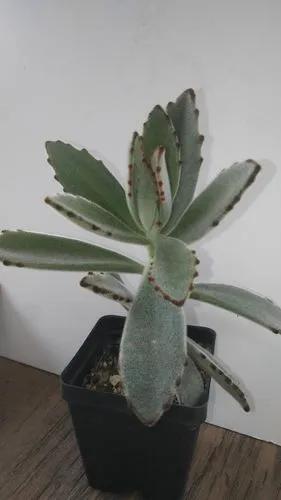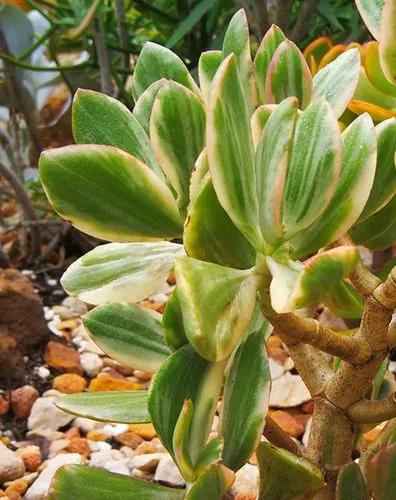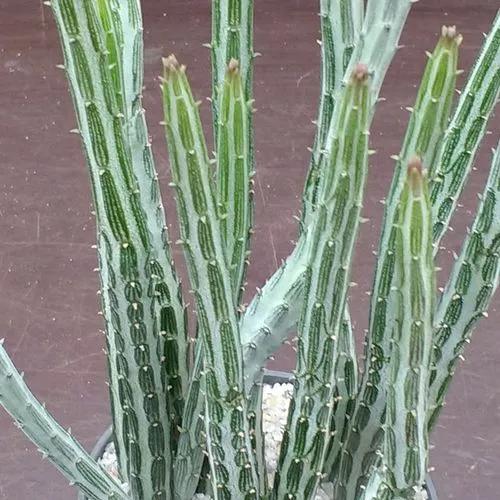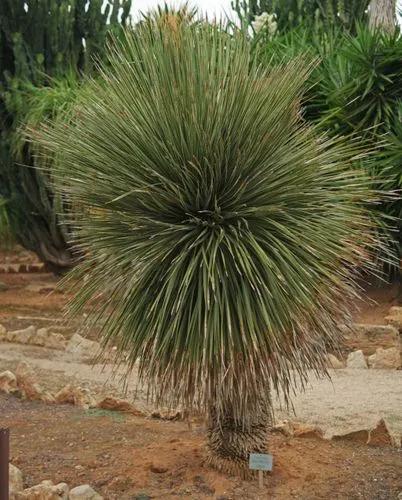Watermelon Dischidia refers to perennial succulents and is an epiphyte by nature. Native to Australia and Southeast Asia, it belongs to the genus Dischidia. The plant is often installed in a tall terrarium or pot, where they grow best.
Watermelon dischidia Care
Dischidia ovata



Watermelon Dischidia has fleshy green leaves, by which the plant can be easily identified because its markings look like small watermelons. If the plant receives enough sunlight, the leaves change color to red.
The flowers do not have a spectacular appearance; they are small with purple lines and green-yellow colors.
Watermelon Dischidia can grow up to 5 cm (2 in) tall, and its creeping vines hanging from surfaces can grow up to 3 meters (10 ft) long.
How to Care for the Plant

Water

Remember that Watermelon Dischidia is a tropical plant, so it needs regular watering. Keep the soil moist, and make sure that the top layer of the soil is dry before watering.

Pruning

Watermelon Dischidia does not require pruning, but you can remove diseased and dead leaves to prevent disease.

Fertilizer

Use a balanced liquid fertilizer once a month from early spring until fall. With the onset of cold weather, the plant goes into a state of rest, so fertilizer is not recommended.

Sunlight

The plant grows best in indirect, filtered light, so it should be placed opposite a bright window.

Soil

A light, well-drained potting mix that will prevent root rot is best.

Propagation

Cut the healthy stem with a sharp, disinfected blade, remove the lower leaves, and place in rooting hormone, then plant the cutting in a pot with well-drained soil and place in a sunny location.

Temperature

The plant likes a warm environment, so the ideal temperature for it is 60-85˚F (15-29°C) and humidity above 70%.

Container

There are no special requirements in choosing a pot, but make sure that it has drainage holes.

Fun fact

The name "Dischidia ovata" was formed due to the fact that the leaves have an egg-shaped shape.

Popularity

166 people already have this plant 52 people have added this plant to their wishlists
Discover more plants with the list below
Popular articles






